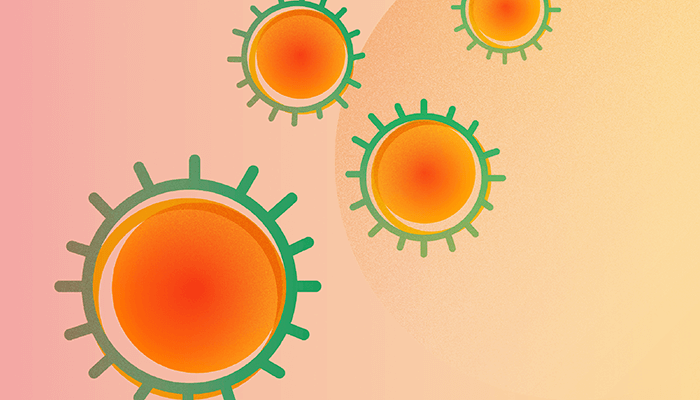
As the immediate emergency of the COVID-19 pandemic draws to a close, health strategy worldwide is shifting toward an endemic approach. At the same time, as increasing numbers of people contract and survive COVID-19, attention is shifting to long COVID – also known as post-COVID conditions (PCC) – a collection of often debilitating symptoms that linger after recovery from the acute illness. Recent research suggests that the prevalence of PCC is relatively high, with around 15 percent of US adults who had previously tested positive for COVID-19 reporting symptoms of long COVID (1) and CDC statistics suggesting that one in 13 American adults are affected (2).
The most common neurological symptoms – brain fog and fatigue – are, by now, widely discussed, but a new paper suggests that long COVID can also have a serious impact on ophthalmic health. The study, the result of a collaboration between several institutions, assessed 40 subjects who had recovered from COVID-19 alongside a control group. Each participant was assessed using National Institute for Health and Care Excellence (NICE) long COVID, Douleur Neuropathique 4 (DN4), and Fibromyalgia questionnaires, as well as corneal confocal microscopy to quantify corneal nerve fiber density (CNFD).
Patients who still had neurological symptoms four weeks after acute COVID-19 exhibited lower CFND and corneal nerve branch density; those without neurological symptoms showed no impact on CFND. Though the study has limitations – particularly its small sample size – the team’s findings echo those of other research linking neuropathic pain with serious COVID-19 infections (3).
Despite the need for larger studies to further develop the research, the study highlights that those with long COVID show evidence of small nerve fiber damage that seems to be correlated with the seriousness of the initial infection. Furthermore, this builds on previous research connecting COVID-19 to issues such as Guillain-Barré syndrome – a post-infectious immune-mediated peripheral neuropathy (4). This new study raises the possibility of using corneal confocal microscopy as a rapid ophthalmic test for long COVID.
References
- Bitirgen G et al., “Corneal confocal microscopy identifies corneal nerve fiber loss and increased dendritic cells in patients with long COVID,” Br J Ophthalmol, 106, 1635 (2022). PMID: 34312122.
- CDC, “Nearly One in Five American Adults Who Have Had COVID-19 Still Have ‘Long COVID’” (2022). Available at: https://bit.ly/3Y6ov0A.
- JJ Lou et al., “Neuropathology of COVID-19 (neuro-COVID): clinicopathological update,” Free Neuropathol, 2, 2 (2021). PMID: 33554218.
- H Zhao et al., “Guillain-Barré syndrome associated with SARS-CoV-2 infection: causality or coincidence?” Lancet Neurol, 19, 383 (202). PMID: 32246917.
